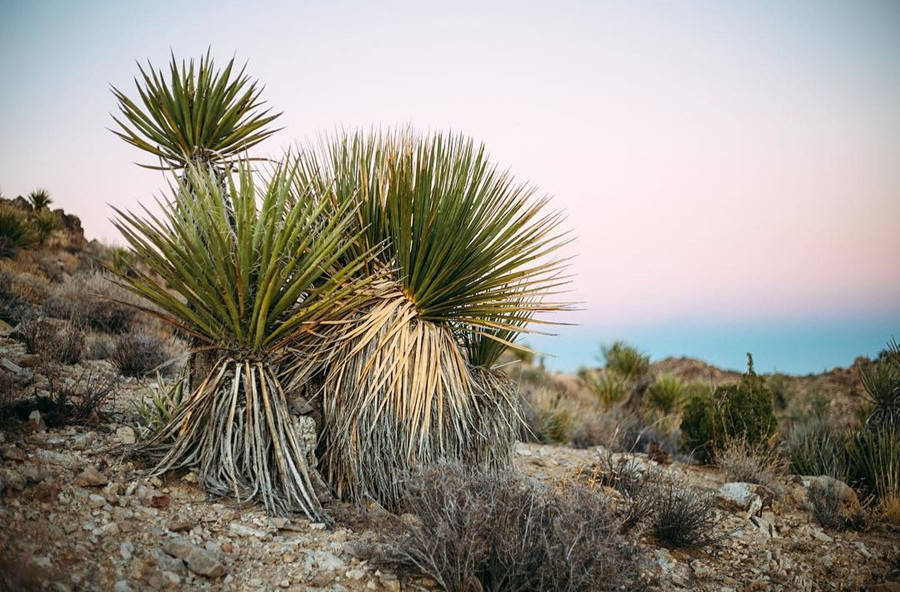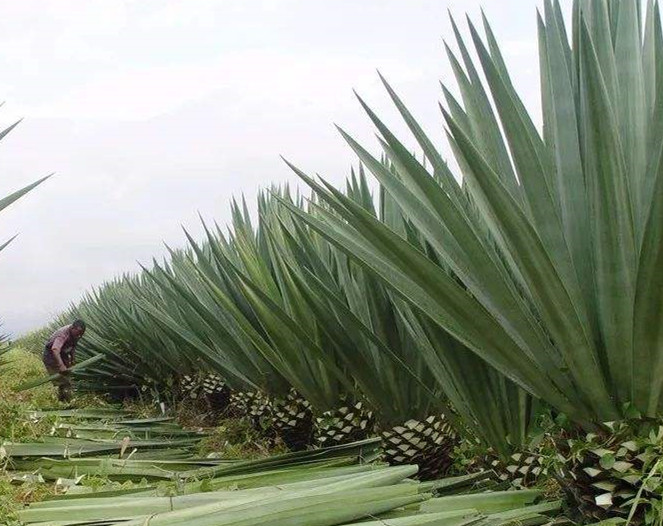People often confused Agave Sisalana with yucca because they are medium-sized plants with dagger-like leaves. In fact, Agave Sisalana and Yucca Schidigera are different in plant shape, distribution area and cold resistance. These plants are important for ornamental landscaping and have economic significance in some areas, and are often used as a source of fiber for the construction of homes. They are both native to southern California and the southwestern United States. If you’re interested in learning more about sisal and yucca, read this article now!
Agave Sisalana, also known as Sisal hemp, one of the Agave families planted in tropical and subtropical. Tanzania was once the world’s most important sisal-producing country, known as the “Kingdom of Sisal”. Yucca, also known as the Joshua Tree, grows in the Mojave Desert. As a desert plant, they can be found in the Mojave National Preserve and Anza Borrego Desert State Park. Both plants need full sun, well-drained soil, and infrequent watering. Both Yucca Schidigera and Agave Sisalana have long, pointed leaves in a rosette pattern, but Agave is much larger and grows to a considerable size. It grows to over 30 feet tall and produces stalks of the same length as its leaves. Yucca can reach 40 feet in height. They share similar conditions, though the leaves of Yucca are longer and less fleshy. Yucca leaves are also similar to swords in appearance. In winter, Yucca schidigera grows in moister conditions in temperate climates, while Agave sisalana is winter-hardy in colder areas.
The primary difference between Agave Sisalana and Yucca Schidigera is their uses. The two plants are both good sources of natural fiber, and sisalana has a high content of fiber, making it is the production of cable lining, marine cable, automobile lining, rope and twine material due to its excellent toughness, and seawater corrosion resistance. It can live up to seven years and can produce about two hundred and fifty usable fibrous leaves, these leaves are main industrial crop for Mexican people.
Yucca Schidigera is more used for health products and pet foods due to its anti-inflammatory properties. The yucca plant contains a polyphenol known as resveratrol. This phytochemical has anti-inflammatory properties and inhibits the production of nitric oxide. It is also known to suppress the production of reactive oxygen species. The yucca plant was used in Native American herbal medicine for thousands of years. This plant is one of the richest sources of saponins, including sarsapogenin, smilagenin, and gitogenin, and can be used in soap-making and deodorizing. The yucca plant also contains polyphenolics, which reduce joint inflammation. Yucca saponin is an all-natural ingredient with anti-arthritic properties and anti-protozoal activity and has been shown to be as effective as metronidazole in killing trophozoites of Giardia lamblia in the intestine. Yucca schidigera is also believed to help with the prevention and treatment of arthritis.



